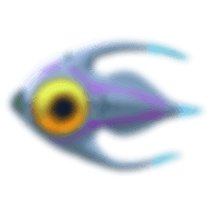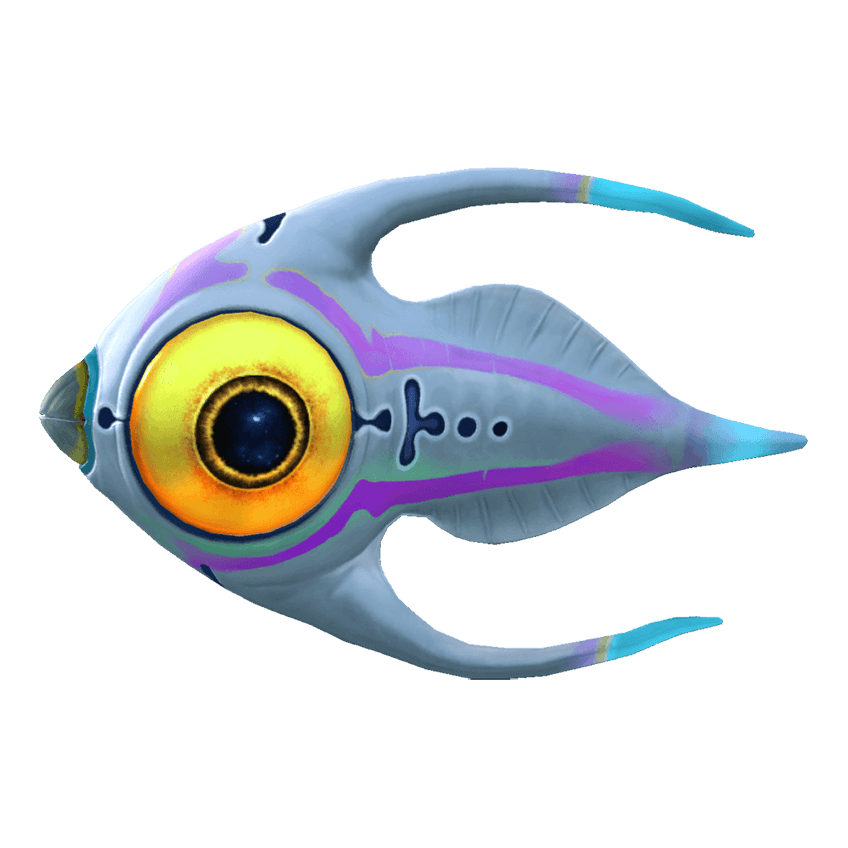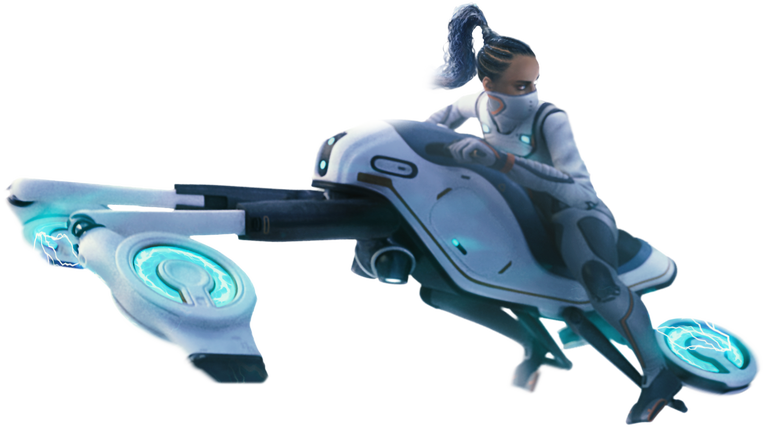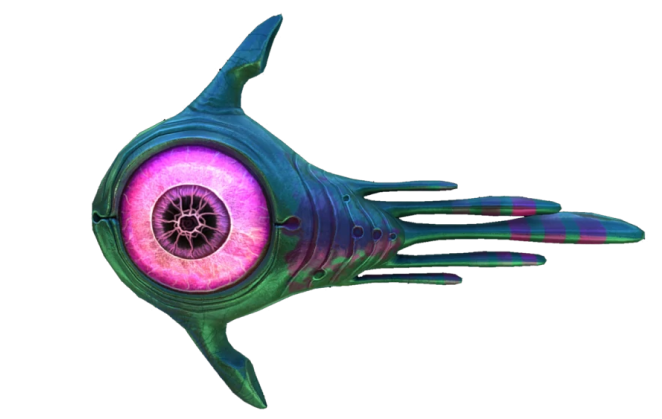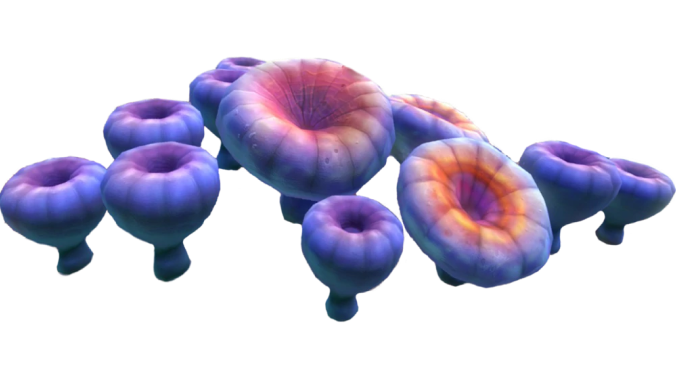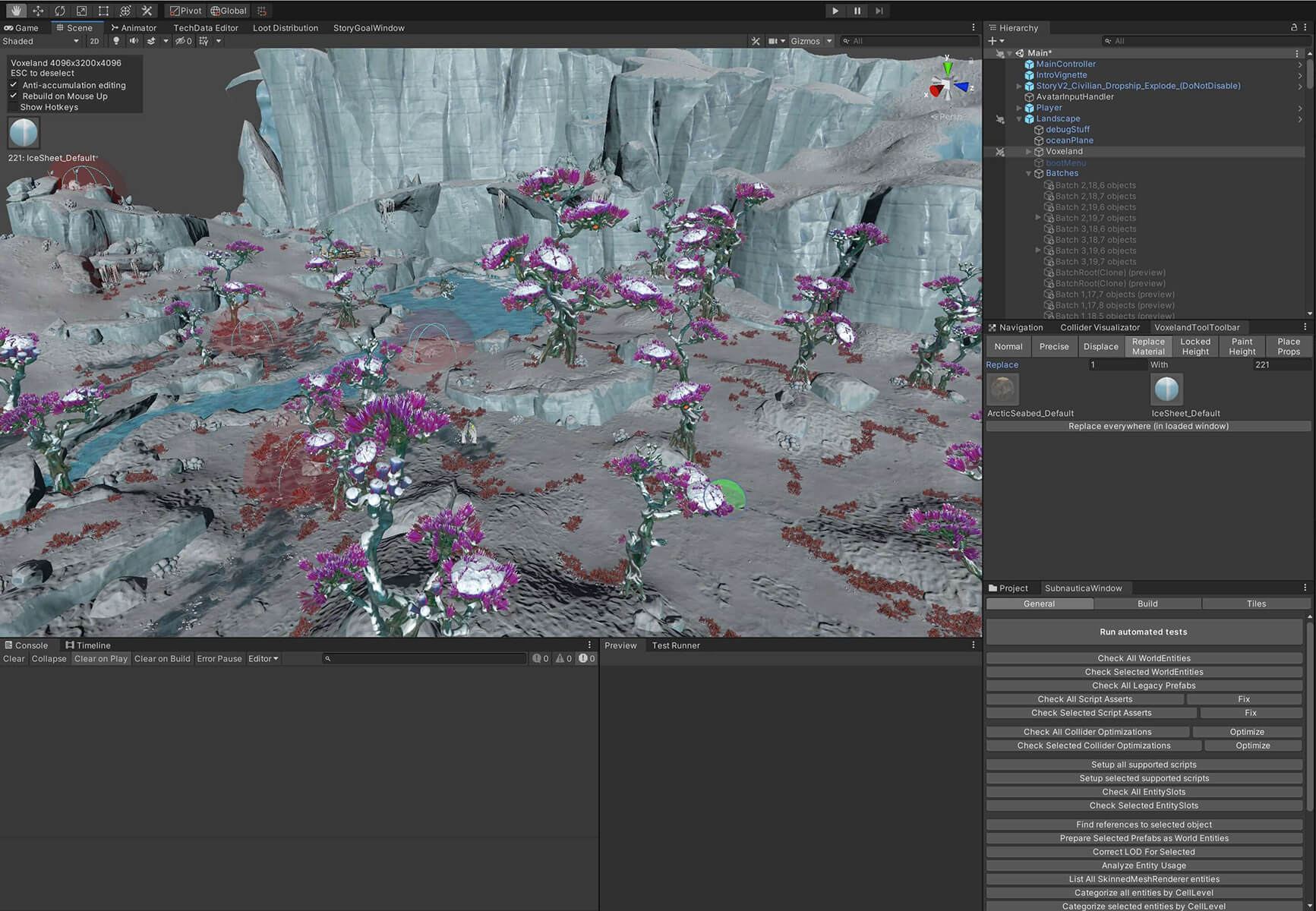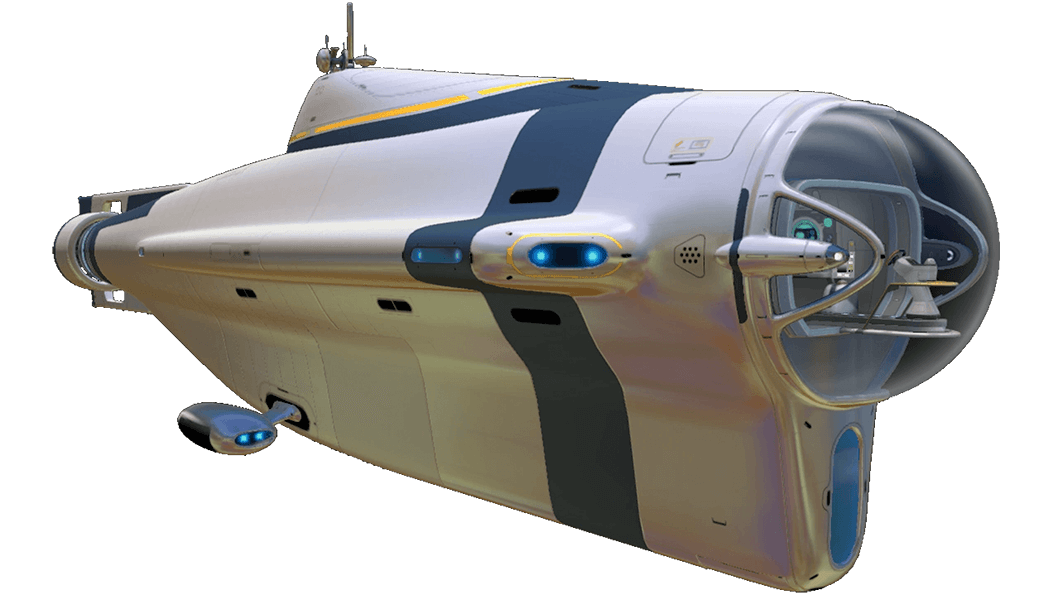Platforms
PC, PlayStation, Xbox, Nintendo Switch™
Staff
28 animators, artists, designers, and programmers
Location
Around the world

The results
— Successful port of the studio’s franchise title and sequel to the Nintendo Switch platform on schedule
— Developers freed up to focus more on gameplay and less on code architecture and source control.
— Subnautica and Subnautica: Below Zero’s memory architecture completely reconfigured using the Unity Addressable Asset System
— Optimized source control and best-practice workflows with Plastic SCM

Terror and wonder in an undersea alien world
Subnautica is an open-world survival-exploration game set in an alien ocean.
Players of Subnautica quickly find themselves in the grips of thalassophobia: an intense and persistent fear of the sea. The game dumps you on a hostile ocean planet where your worst fears – like the chilling sense of an apex predator lurking just out of sight – are real. Yet the game balances the terror with fascinating deepwater environments and beautiful alien life forms, an exceptional soundtrack, and a restful flow.
“It’s an open world, fully 3D, and entirely constructed out of voxels,” explains technical director Max McGuire. Players can swim in any direction at any time and there’s something interesting in nooks and crannies in almost every direction.
Unity’s capability for extending the Editor let the team sculpt this detailed voxel world inside Unity with their own level-building tools.
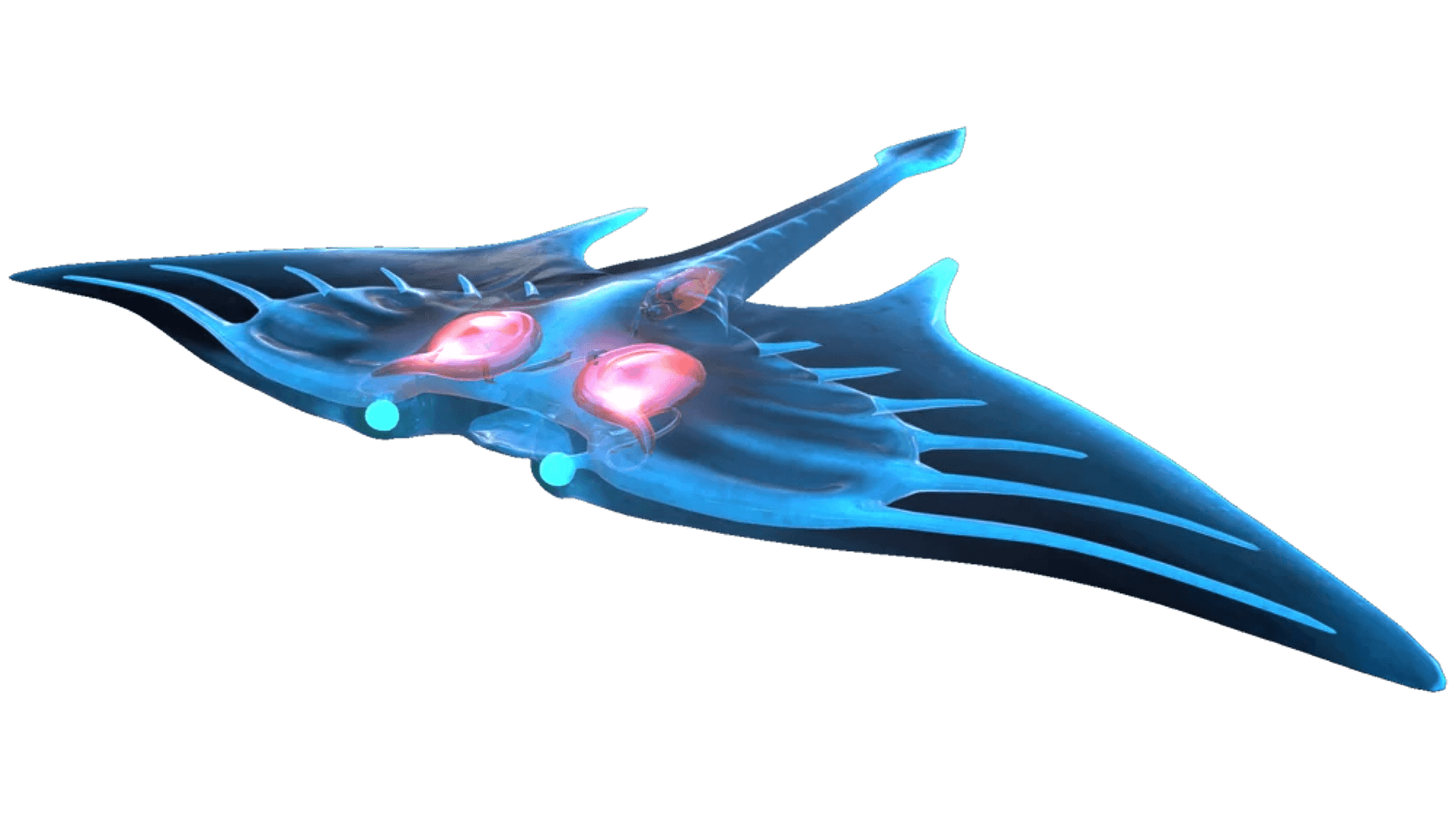
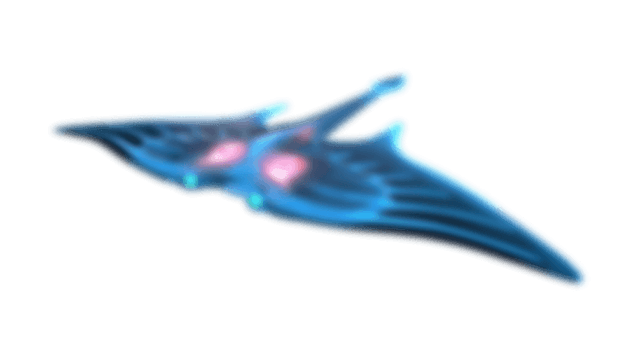
Moving from an
In-house engine to Unity
Unknown Worlds has been developing in Unity since 2013, having transitioned from an in-house engine they used for their previous game, Natural Selection 2. “When we started working on Subnautica we knew we needed to quickly try different gameplay ideas,” says McGuire. However, the proprietary engine wasn’t as effective for rapid prototyping, so they began using Unity and loved the speed with which they could create. “We gradually transitioned from prototyping mode into development with Unity. It was especially valuable because we could easily integrate our custom tools and extend Unity to build out our content.”
While graphically complex games are often unique, there can also be unique issues when porting them to new platforms. And in the case of bringing Subnautica to the Nintendo Switch™, the studio faced a platform with vastly different capabilities and requirements than a PC or console.
“The Unity Professional Services plan tackled optimization, how to move everything over, and also pointed out where the big challenges were likely to be.”
– Michael Verrette, Development Director, Unknown Worlds
Unlocking market
opportunities with top
engineering resources
The team considered outsourcing the work to a few different companies but none seemed like a good fit. “One day, we were talking to friends at another studio and they asked if we had considered Unity Professional Services,” says Michael Verrette, Development Director, Unknown Worlds. The studio has worked with Unity on a number of initiatives since 2013 – including with the Unity Integrated Success Team – and Unity was the core component of the game, so reaching out to Professional Services for custom development assistance was a logical step.
The Unity team studied the studio’s early work and prototypes, asked key questions, and started building a comprehensive plan for the port. Verrette says, “The Unity plan tackled optimization, how to move everything over, and also pointed out where the big challenges were likely to be.” There were a lot of unknowns because the game was originally built for PCs, not consoles, let alone Nintendo Switch™. “We knew we’d have to make adaptations along the way, and Unity’s flexibility helped us all keep an open mind and go after the best solutions possible.”
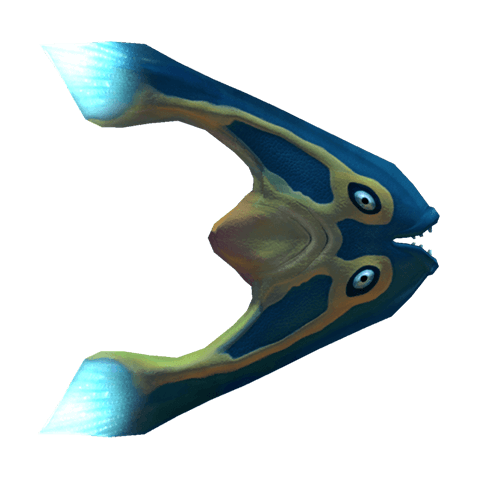

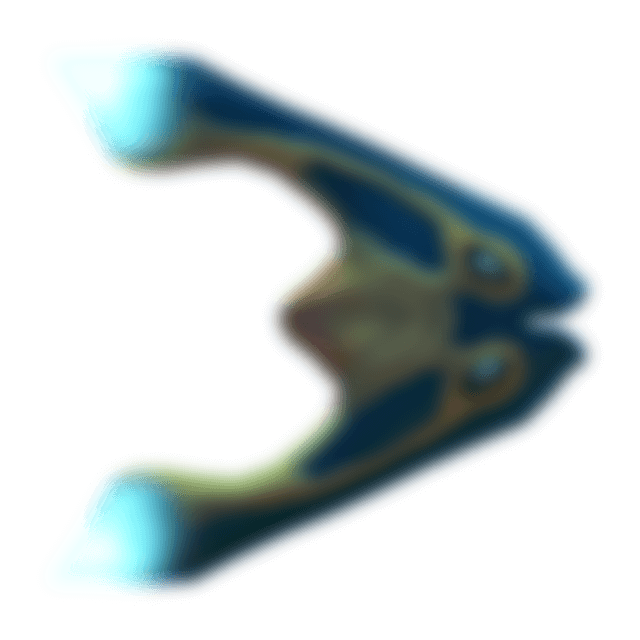
From memory architecture
to next-gen readiness
One of the most important issues the Professional Services and UW teams had to solve was memory management. “We had not been hitting frame rates and we had a lot of hitching problems and memory crashes – it just wasn’t working,” says McGuire. They considered implementing the Unity Addressable Asset System, a method to load assets that simplifies content pack creation and deployment. However, the Subnautica architecture was unique and not exactly what the tool was designed for. Nintendo Switch memory is comparatively limited for any game, especially one of Subnautica’s complexity.
Professional Services and the UW team got together with the Unity engineers who had developed the Addressables system. They helped adapt the tool for the challenges at hand and, as it turned out, made a big difference. “The Unity Addressable Asset System got us over the line,” according to McGuire. “It squared away our memory issues, and we simply wouldn’t be shipping on Nintendo Switch anytime soon without it.”
Having built a successful relationship with Professional Services bringing Subnautica to Nintendo Switch, it was easy for the studio to get additional assistance as they prepare their games for next-gen devices.
“Unity Professional Services knows our game, they already understand how our systems work, and they’re sharing everything they know about next-gen roadmaps with us.”
— Max McGuire, Technical Director, Unknown Worlds
